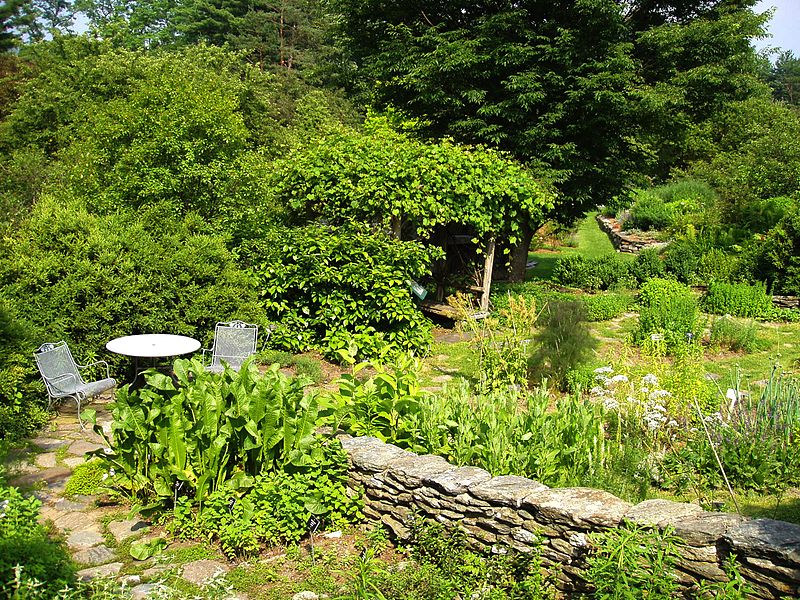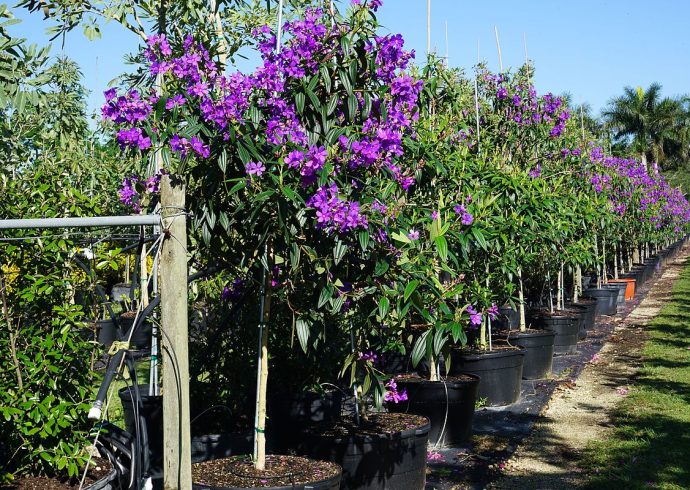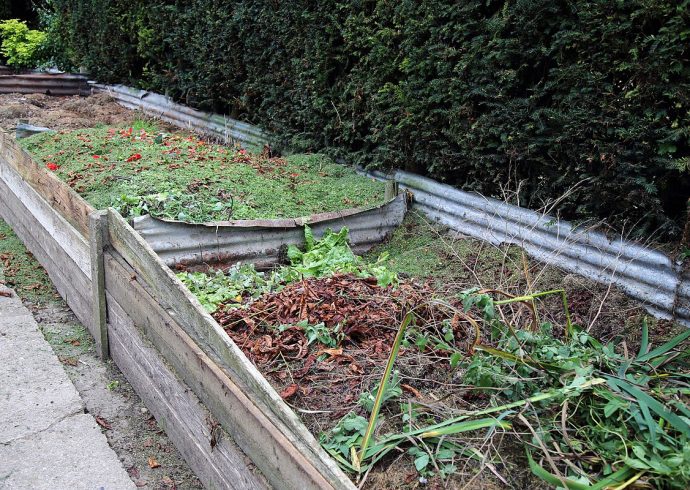
Create a Meditation Garden
A garden can be a quiet place of repose if your home is not big enough to have that extra room for such a purpose. The plus side of having a garden just for meditation is that it is in the open air to allow for the plants to provide their full aromas. While gardening is therapeutic in itself, this type of garden will provide you with the basic essentials for spending time for mental, emotional, and spiritual rejuvenation.
Your meditation garden can occupy a smaller area of your regular garden, provided it is big enough for one or two pieces of garden furniture, such as a chair or small bench with a small table. These will be necessary to provide a comfortable place to sit and use any books or writing utensils or any other implements you use for meditation purposes.
The plants, or course, should be colorful and fragrant, preferably plants that will help stimulate your visual and olfactory senses. Herbs are very beneficial here, although you can of course use these herbs for cooking purposes, too. Lavender, rosemary, fennel, anise, and mint are the best herbs for this purpose. Most nurseries sell the young plants during the springtime when the ground is thawing out from the cold winter season. In warmer climates, these herbs have a longer seasonal growth. Below are the aromatic benefits of these herbs:
Lavender can help alleviate depression and anxiety. It has a calming effect on the nervous system when inhaled, and also when the oil of the herb is applied to the skin.
Rosemary is used to help calm your brain, to help you achieve inner silence, especially if you have a mind that seems to constantly be “racing” all of the time.
Fennel can provide you with self-assurance, a “can do” feeling, and an overall inner strength. This herb is especially useful for those who may esteem issues and feel incapable of handling daily challenges.
Anise smells like licorice and can help regulate sleep patterns, help you relax physically and mentally, and provide you with a healthy emotional balance.
Mint gives off a lot of positive vibrations and as a tea, can help aid in concentration. If you decide to use an oil in addition to spending time in your garden, this will further increase your ability to complete a difficult project or overcome any emotional obstacle, such as depression.
When it comes to using color, use those flowers with color vibrations you find most beneficial to your own needs. Color contains a great deal of healing in it and explains personal color choices. For example, I like purple, and as a writer, purple is a great aid for creativity and inspiration. Below are the colors and some suggested flowers you can plant in your meditation garden:
Red is the color of strength, vigor, and life. As it is the color of blood, so is it the color of the basic life force that can keep an individual’s resiliency active and strong. For flowers, plant red geraniums, poppies, tulips, salvia, gerbera, and petunias.
Orange can help you connect to your emotional side and your inner self. This is the best color for people who tend to be inner directed. It’s not my favorite color although I consider myself to be highly inner directed. Plant marigolds, zinnias, asters, chrysanthemums, calendulas, nasturtiums, and hibiscus.
Yellow flowers are soothing and can help increase alertness, provide inspiration, and bring about positive emotional aspects. Plant sunflowers, black eyed Susans, marigolds, buttercups, forsythia, and yellow irises.
Green is the most common color found in nature in all of its variants. Try ferns, evergreens, ivy, and any other crawling ground covers. This color will bring peace and love to you.
Blue helps open up the communication process and increase creativity. Bachelor buttons, scabiosa, pansies, petunias, larkspur, morning glories, and hyacinths can be planted in the garden.
Purple is the color of creativity, inspiration, and beauty. There are many different purple flowers out there from violets to pansies, petunias, foxglove, allium, columbine, lobelia, clematis, and crocuses. Plant the ones you like the best.
Pink is the color of relaxation and stress relief. Try planting foxglove, scabiosa, bachelor buttons, phlox, asters, dianthus, and hibiscus.
White is the color of harmony. This is the color of the soul, and of peace. Plant alyssum, chrysanthemums, daisies, asters, petunias, tulips, crocuses, and any other white flowers you find appealing.
Image Credit: Daderot at en.wikipedia, CC BY-SA 3.0, via Wikimedia Commons.


